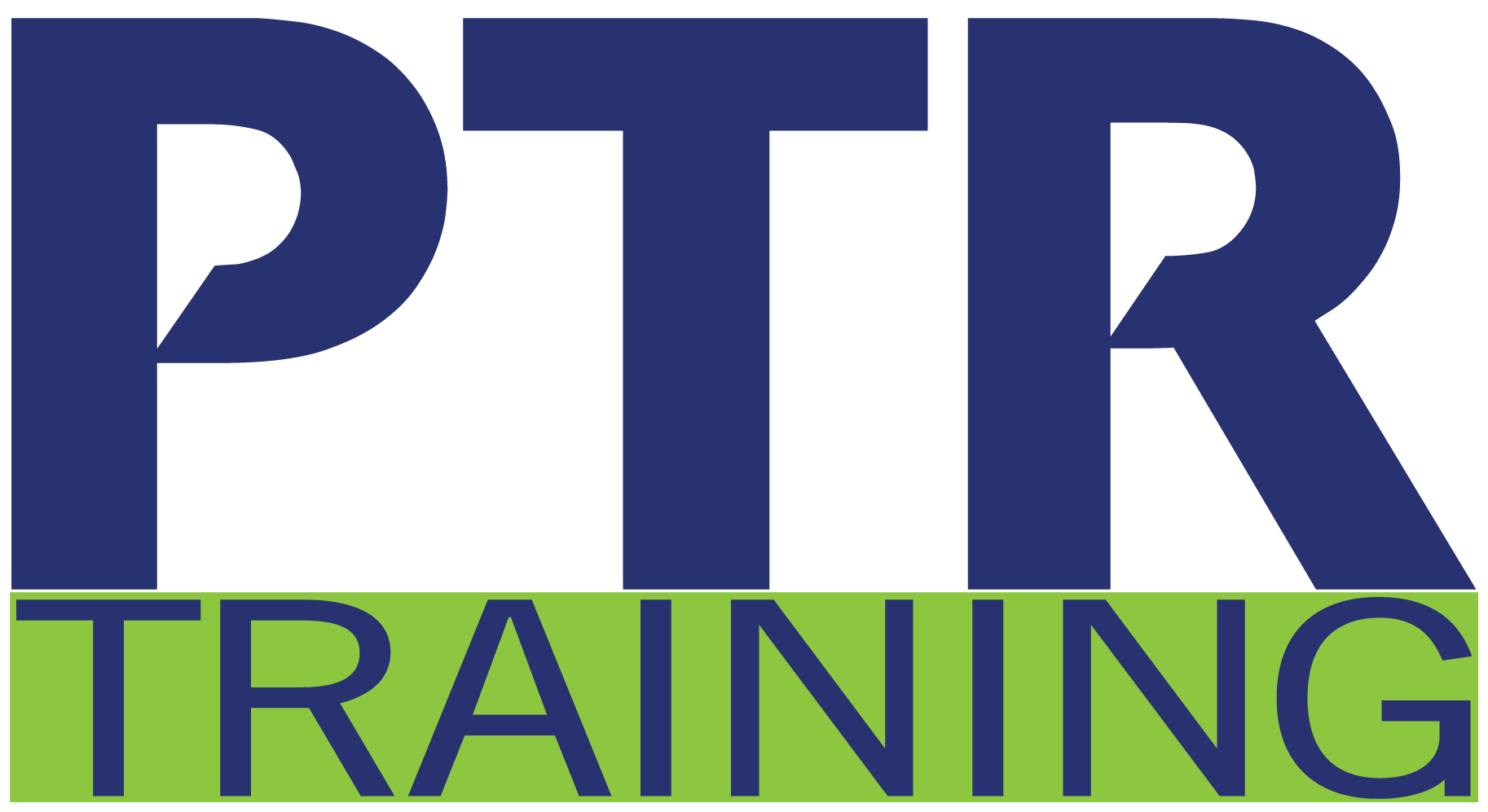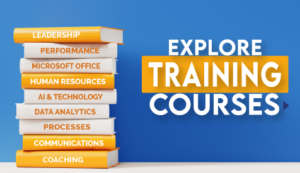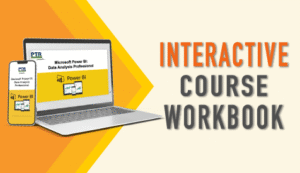In today's fast-paced business environment, effectively harnessing and interpreting data is crucial. Whether starting in analytics and business intelligence or simply looking to brush up on specific areas, this two-day business analytics course is structured to enhance your knowledge and provide actionable insights, empowering you to effectively employ analytics in your work.
Learning Objectives »
- Understand the role and importance of data in modern businesses.
- Distinguish between data, information, and knowledge.
- Identify different types of data and their sources.
- Learn methods for data collection, storage, and management.
- Understand various business analysis types and their uses.
- Master key analytical techniques and models.
- Explore tools for data analysis and visualization.
Course Agenda
Business Analytics Intro.
- What Are Business Analytics?
- The Significance and Evolution
- Implementing Business Analytics
- Skills and Resources Needed To Excel
Common Analytic Methods
- Agile Perspective
- Business Intelligence (BI)
- Information Technology (IT)
- Business Analysis (BA)
- Business Process Management (BPM)
Types of Business Analytics
- Descriptive Analytics: Evaluating What
- Diagnostic Analytics: Understanding Why
- Predictive Analytics: Forecasting When
- Prescriptive Analytics: Guiding Decisions
Analytical Framework
- SWOT
- PESTLE
- Gap Analysis
- Porters Five Forces
- Value Chain Analysis
- Ansoff’s Matrix
- Balanced Scorecard
Business Analytic Tools
- Data Collection and Storage
- Processing and Management
- Basic and Advanced Analytical
- Data Visualization and Reporting
Predictive Analysis and Forecasting
- The Role of Predictive Forecasting
- Common Tools and Techniques
- Regression Analysis
- Time Series Analysis
- Clustering And Classification
Strategic Business Analytics
- Aligning Analytics with Objectives
- Data-Driven Decision Making
- Data-Informed Decision Making
- Common Implementation Challenges
Future Trends in Business Analytics
- Artificial Intelligence (AI)
- Machine Learning (ML)
- Augmented Analytics
- Big Data Analytics
- Data as a Service (DaaS)
- Ethical Considerations in Data





